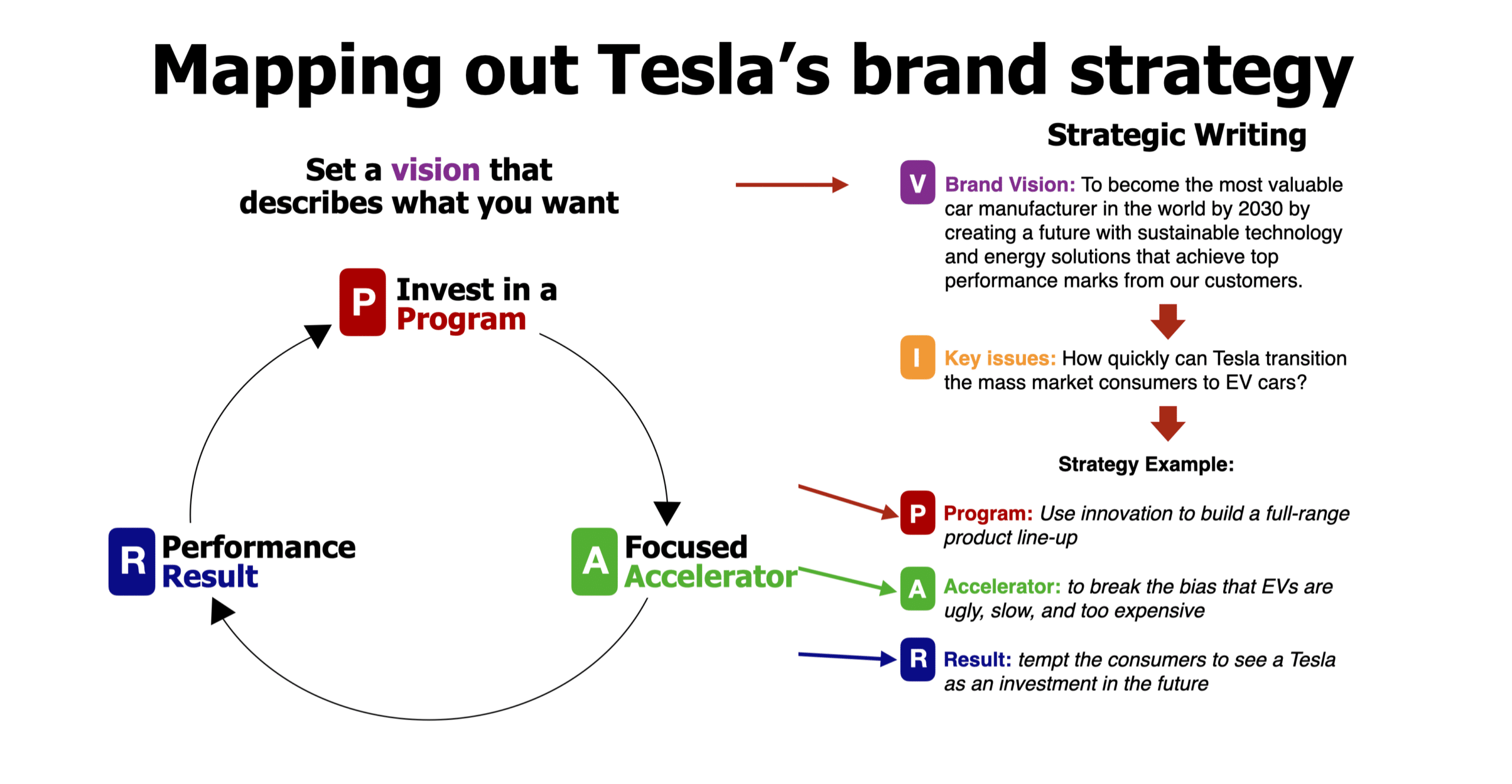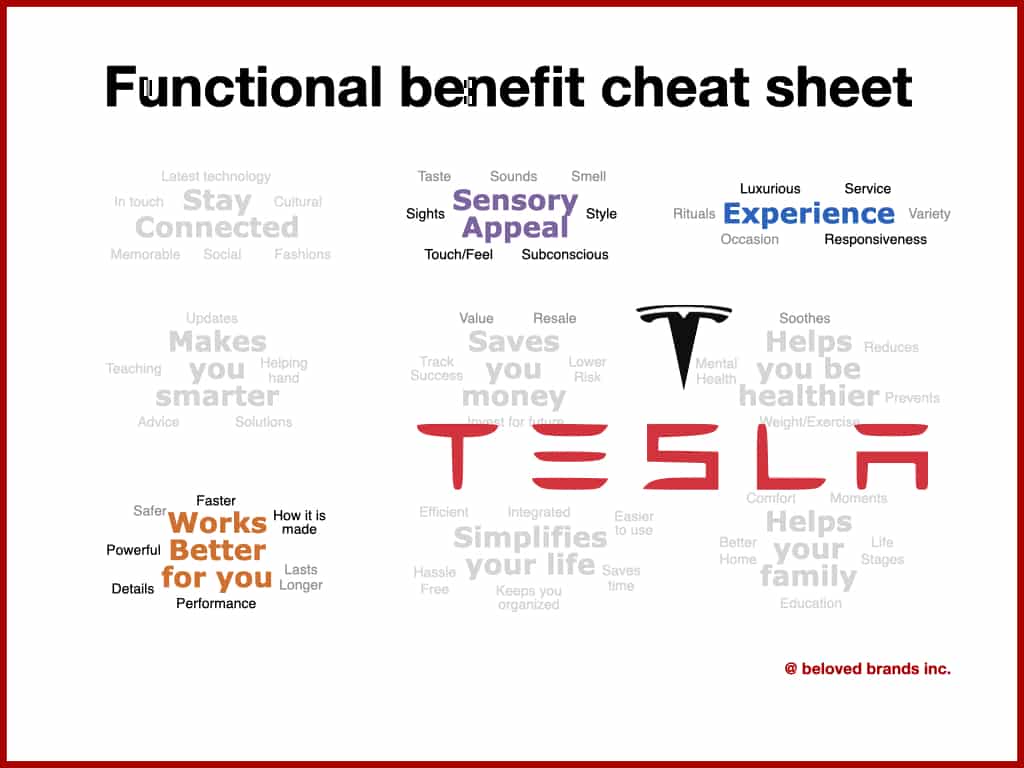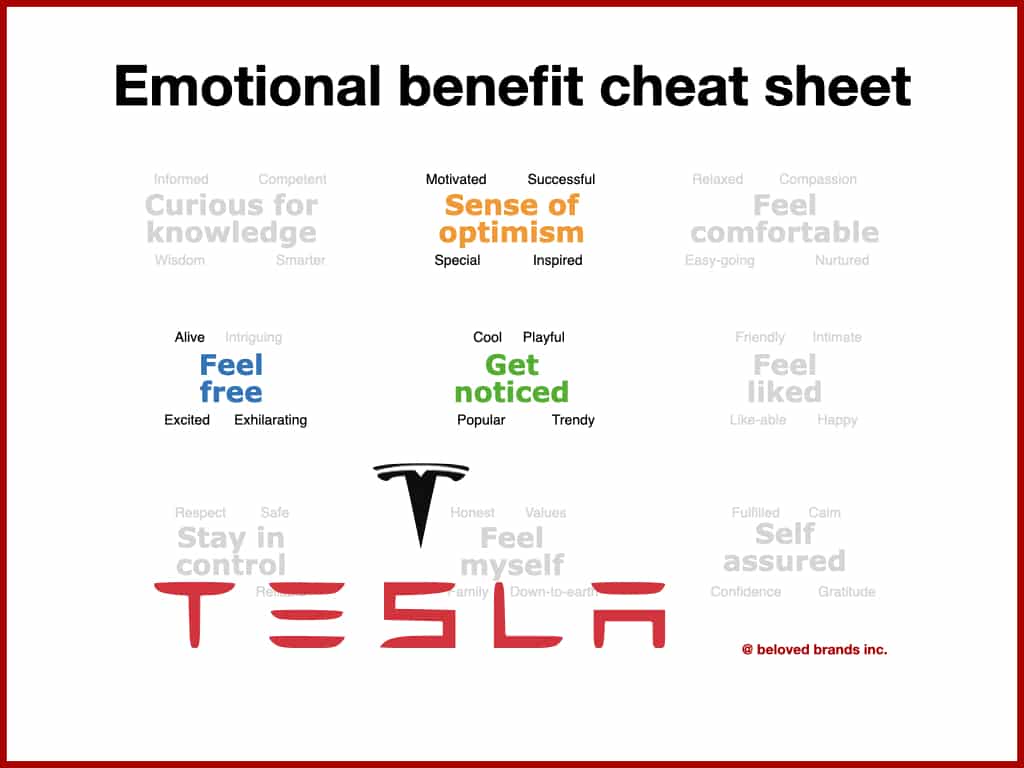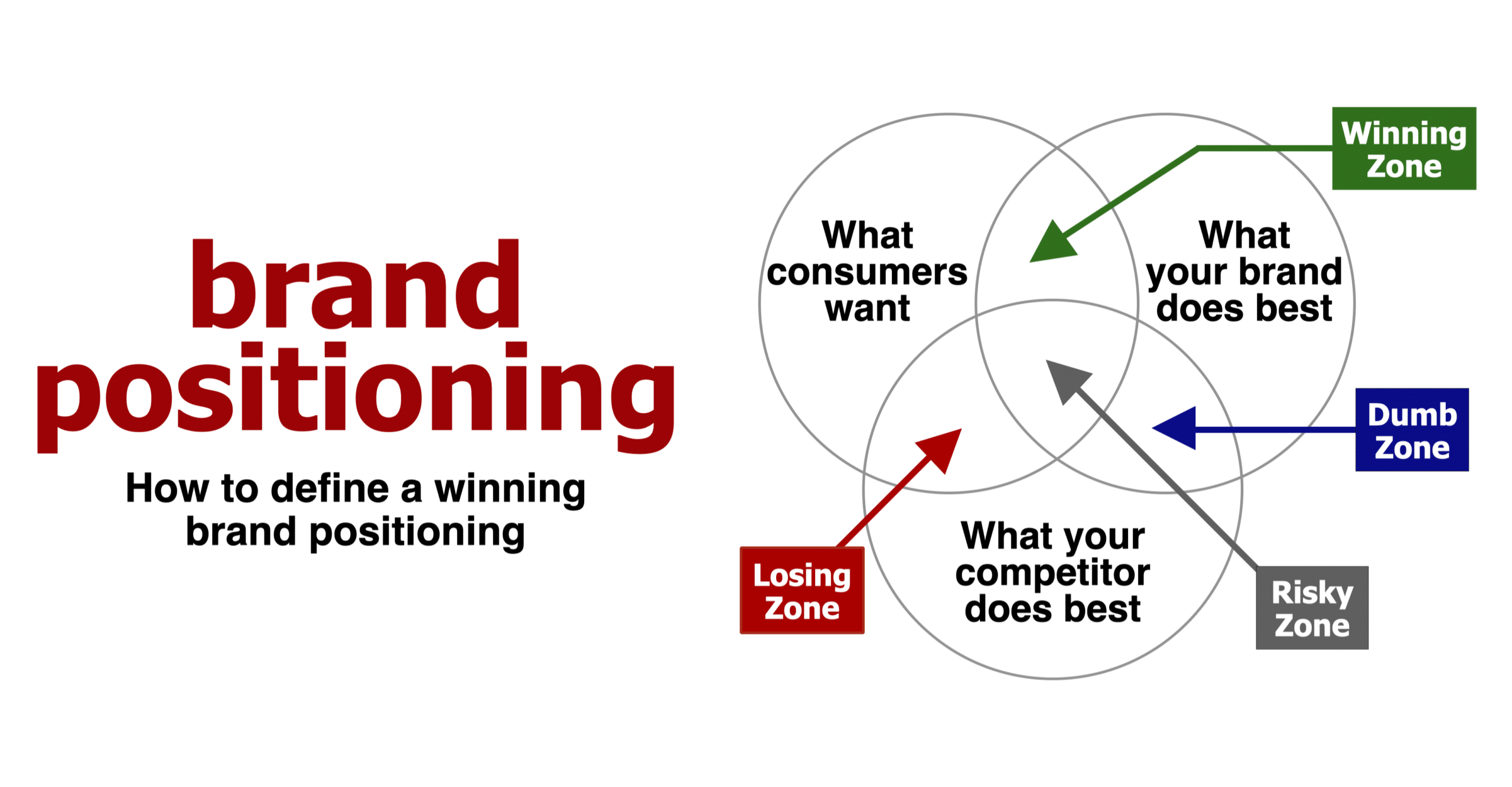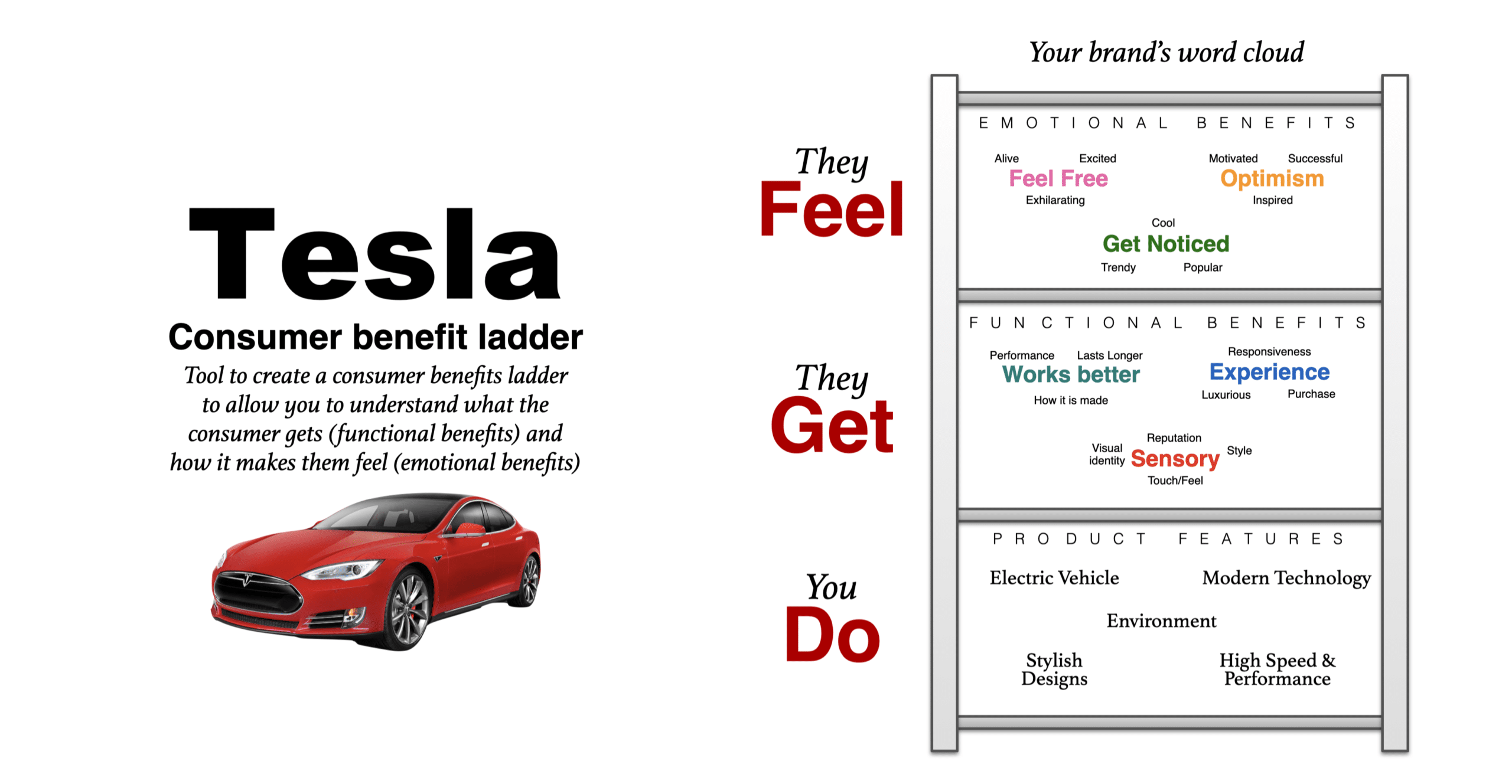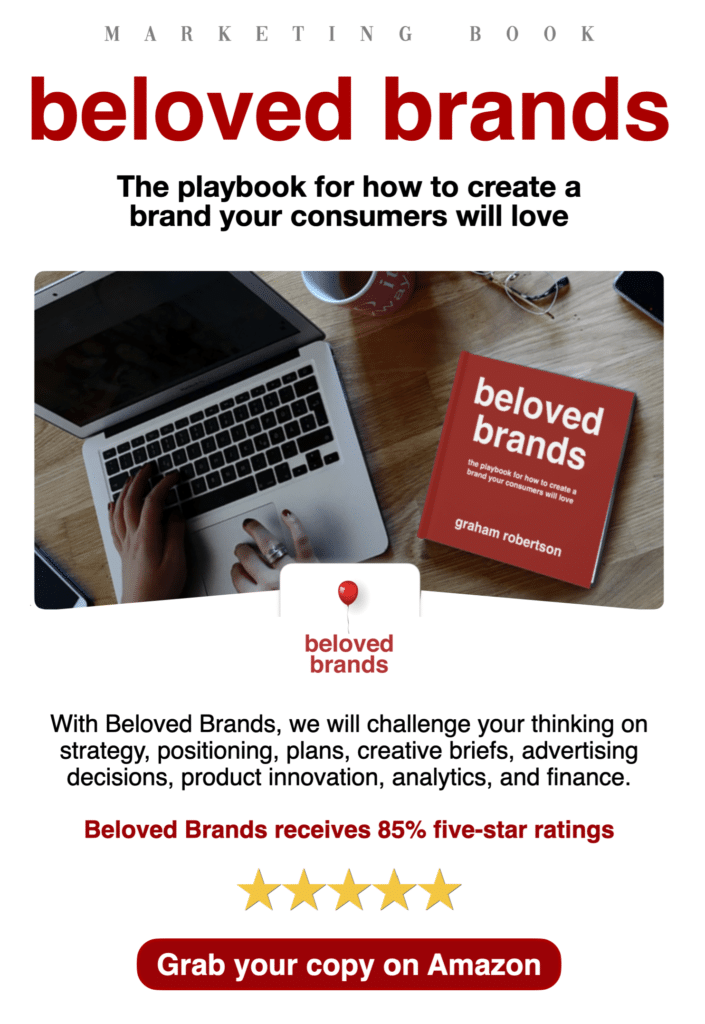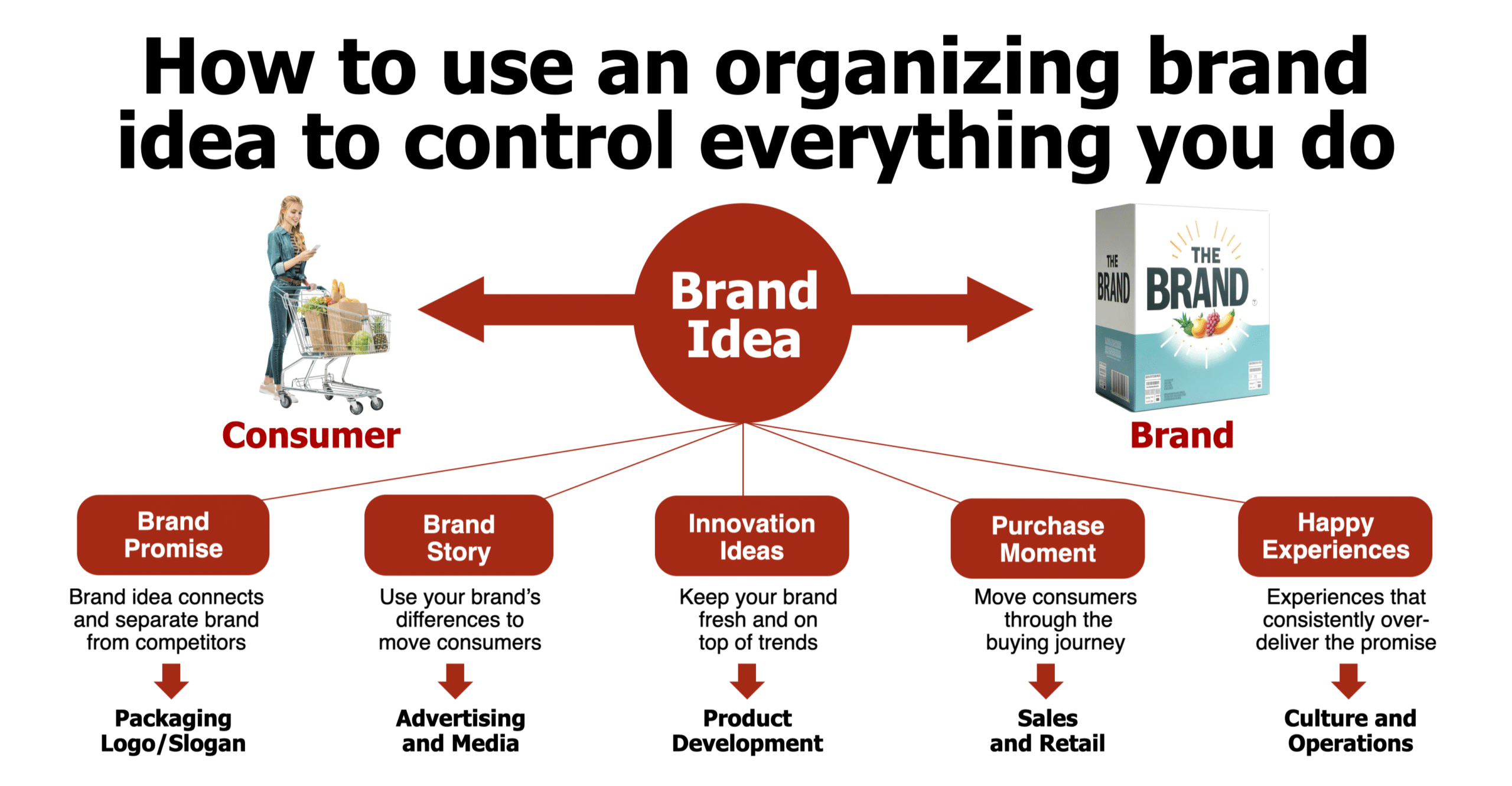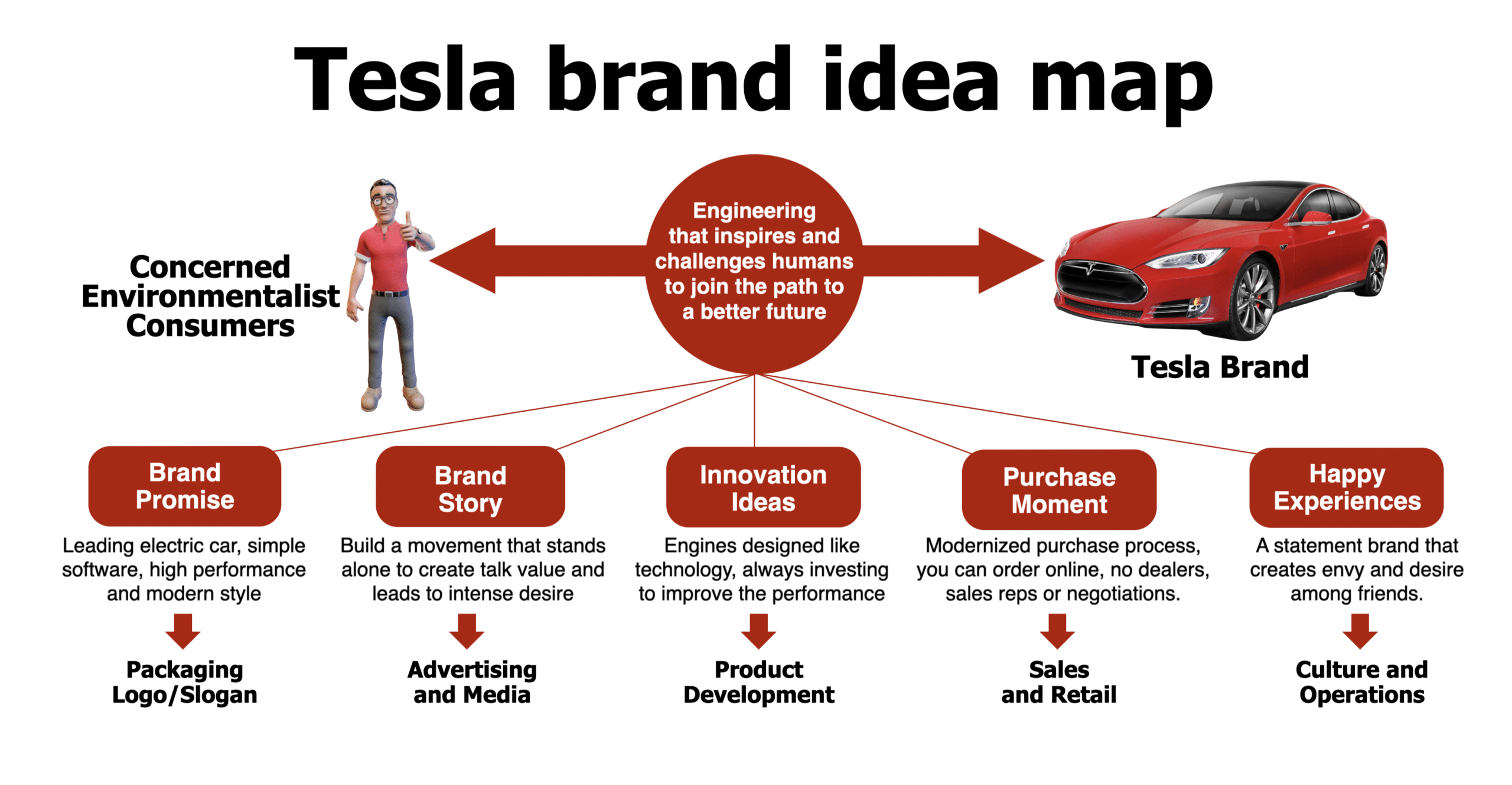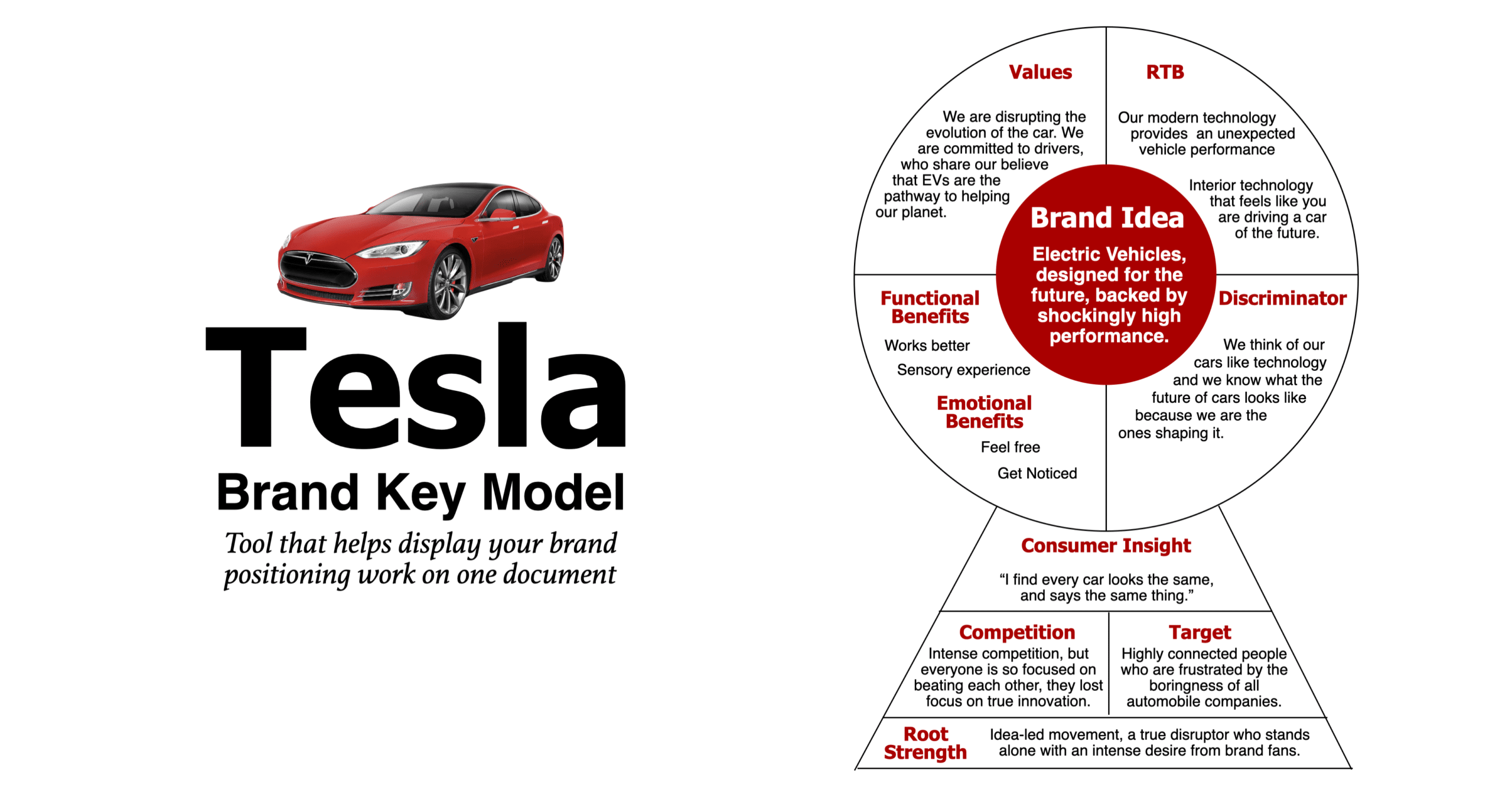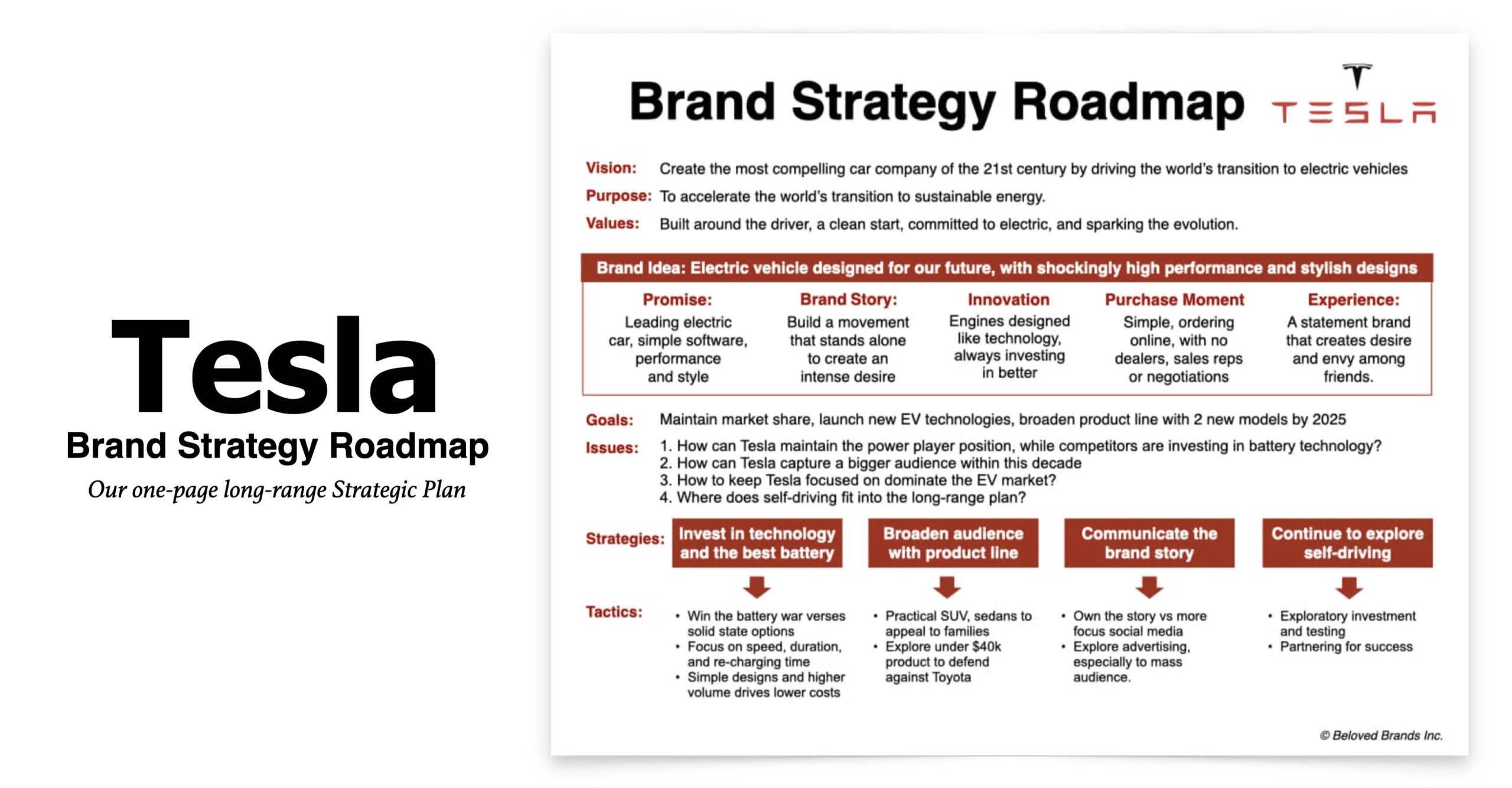While Elon Musk and Steve Jobs have very different personalities, they are one of the top brand leaders of their generations. Our Tesla case study will show how Elon Musk has used hype marketing straight out of the Apple playbook to create such an intense desire for their Electric Vehicles. Other major car brands appear confused and stuck in neutral. Tesla’s production process failed miserably to keep up with all the pent-up demand. While that might spell doom for most brands, the scarcity of supply matched to the hype fuelled even more pent-up demand for Tesla. As Tesla’s production finally caught up, the Tesla stock price skyrocketed, leaving Elon Musk the wealthiest person on earth. With all the macro-world factors, Tesla’s stock has gone up, down, up, down and depending on when you read this, it could be up or down.
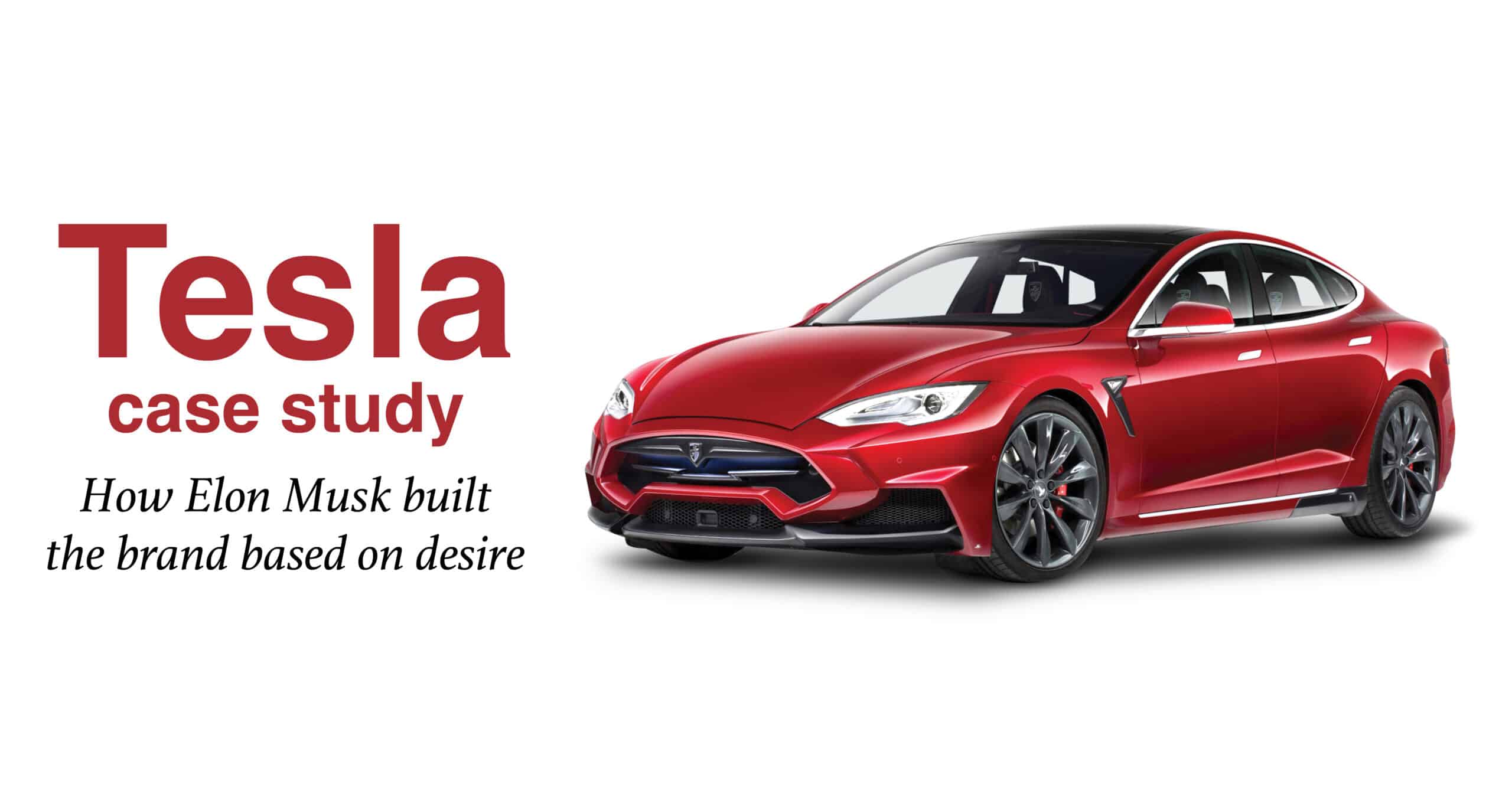
The fundamentals of marketing matter
Just like an athlete like Michael Jordan or Patrick Mahomes, we see the magic and overlook how extremely fundamentally sound they are. If you are a marketer looking to learn from what the Tesla brand does right, then you’re in the right place. What Elon Musk does with Tesla is deeply rooted in the fundamentals of strategy and execution.
Tesla Case Study - Table of Contents
The Tesla back story
Tesla is the classic overnight success that took a long time to reach the market
Over the past five years, consumers have discovered Tesla giving the impression of an “overnight success” that came out of no where. Yet, they have been in business since 2003. Moreover, it took Tesla the first eight years to sell a few thousand cars. By then, most of the founders were gone, leaving Elon Musk to steer the ship.
In year nine, they launched the high-end Model S car. And, they still only sold 100,000 over the next three years. Tesla is an excellent example of being in it for the long run.
People were discovering Tesla
The launch the Tesla 3 was filled with hype. They struggled to produce to keep up with demand. Everyone wanted one. But, Tesla couldn’t make them fast enough. From 2015-2019, the stock price went up and down like a roller coaster, doubling from $40 up to $85. And, in 2020, everything started to come together. The Tesla stock went up 10-fold, from $85 to over $900. Elon Musk is now of the richest people on earth.
Almost twenty years in the making, Tesla has become one of our most beloved brands.
Tesla brand strategy
Let’s map out the Tesla strategy using our five elements of strategic thinking
Tesla started with a desire to shift the car market from gas-powered to electric (vision). While most other electric car companies failed, Tesla cars are remarkably different, as they score high for performance and style (focus). Tesla saw an opportunity to break the usual thinking that energy-efficient meant ugly, slow, and always needing a charge (identified opportunity).
Tesla has capitalized on the consumer’s readiness to do something for the environment and has created a movement. So, Tesla took a different approach. They started at the high end to create a strong desire for their beautiful cars. And then, they moved down to open up to the masses (market impact). Well, the elite mass! Their cars remain a high ticket item. Finally, following the release of the Model 3 in 2018, their quarterly sales jumped 4-fold over two years (performance result), and the stock price is up 10-fold.
To illustrate our Tesla case study, here is a diagram to explain Tesla’s strategy.
What Tesla does best
Tesla has capitalized on the environmental trend. Tesla has done so well because of its 100% focus on electric vehicles, whereas every other car company has treated it as an option. I equate that like a vegan getting a salad at a steakhouse. Those vegans would much prefer going to a restaurant focused on their beliefs. Tesla understands that being an environmentalist is a lifestyle choice, not an option. The traditional car companies treat their electric vehicles as an afterthought. “We also have that in electric, for $20,000 more.”
Tesla has used the hype-style marketing style of Apple. Elon Musk has borrowed from the Steve Jobs playbook. He uses event-style marketing, an outspoken visionary voice, and he is continually challenging the status quo. Yes, he goes offside on Twitter all the time, but we might be glad that we never saw Steve Jobs tweet.
Another borrow from Steve Jobs is their simplified product.
A traditional car engine uses 2,000 parts. In contrast, the Tesla engine uses only 20 parts. Moreover, Tesla treats their cars like technology. As Apple has done with fewer parts, Tesla can gain better control of their costs.
Tesla treats their cars like technology. They develop software for their cars, similar to how Apple develops software for their iPhone. Essentially, this allows Tesla to improve its car engine software to enhance the consumer experience every few weeks.
Stylish designs. Like Apple, Tesla emphasizes style, which adds to the desire. Paying $55,000 or $110,000, Tesla understands that an expensive car must be beautiful. Teenagers want a Tesla car because they are cool, adding to the pent-up demand they have created.
Figuring out the Tesla brand positioning
Tesla’s brand idea is “the electric vehicle designed for our future, with shockingly high performance, and stylish designs.”
First, let’s use our functional and emotional cheat sheets to see where Tesla should play.
To help brand leaders kickstart their brand positioning work, I have taken the 9 functional need state zones that expands to over 50 potential functional benefits. As you look through the list, gravitate to the functional benefits you think will fit the needs of your consumers and differentiates your brand by looking for words where your brand does it better than competitors.
The functional benefits that Tesla should focus on includes works better for you, sensory appeal, and the experience.
Moreover, we have a list of 40 potential emotional benefits help build an emotional brand positioning statement that differentiates your brand. Below, the emotional benefits that Tesla should focus on includes feeling free, a sense of optimism, and getting noticed.
Most importantly, you want to own one emotional space in the consumer’s heart as much as you own the rational space in the consumer’s mind.
To illustrate, our Tesla Case study shows the functional and emotional benefits.
Tesla's consumer benefits
Once we have narrowed down to potential clusters of the functional and emotional benefits, we take 2-3 support words per zone to create a cluster. Below are key benefit words we will use to set up Tesla.
To illustrate, our Tesla Case study shows the consumer benefit ladder above.
The brand idea map for Tesla
Use the brand idea to steer everyone who works on the brand
The best brands consistently deliver. Use a cross-functional team, including salespeople, R&D, human resources, finance, and operations. Their participation is one way to gain their buy-in. But that’s not where it stops.
We use our Brand Idea Map to stretch the brand idea across all consumer touchpoints. We include the brand promise, brand story, new product innovation, the purchase moment, and the consumer experience.
To illustrate, the Tesla Case study will use the brand idea map tool above.
Regardless of the order in which they reach the consumer, if the brand does not deliver a consistent message, the consumer will be confused and likely shut out of that brand. While brands cannot control what order each touchpoint reaches the consumer in, they can undoubtedly align each of those touchpoints under the brand idea.
How the consumer touchpoints deliver the Tesla brand idea
To illustrate, our Tesla Case study outlines the brand idea map above.
Tesla's Brand Idea is "Engineering that inspires and challenges humans to join the path to a better future."
We use our Brand Idea Map tool to show how Tesla stretches their summarized brand idea of “designed for our future” across five different consumer touchpoints. The Brand Idea Map ensures all are lined up to deliver the same Tesla brand consistently.
- Brand Promise: The leading electric car, backed by simple software, drives high-performance and stylish designs.
- Brand Story: Tesla has built a movement that stands alone with an intense desire from brand fans.
- Innovation: Our engines are designed like technology, and we are always investing in getting better.
- Purchase moment: Simple. Order online, no dealers, sales reps, or negotiations.
- Consumer Experience: Tesla is a statement brand that creates desire and envy among friends.
Tesla's Brand Key Model
A Brand Key model is a tool from consumer marketing that allows marketers to lay out the unique selling proposition (USP) elements of their brand on one page. Essentially, this article will go through the Brand Key model explained with nine elements that build the USP. And, with each element, we will show you the work you need to do.
Below is the Brand Key example for the Tesla brand. It speaks to their unique selling proposition of “building EV cars for the future.” To read more on brand key models, click on this link: Using a Brand Key Model to define your brand’s USP.
To illustrate, our Tesla Case study shows the Brand Key Model for Tesla above.
Beloved Brands Marketing Training
To view, use the arrows to see our Beloved Brands Marketing Training program brochure.
It's time to elevate your marketing team's performance with our Beloved Brands Marketing Training program.
Our marketing training makes your marketers smarter with brand analytics, strategic thinking, brand positioning, brand plans, and marketing execution.
Tesla's Brand Strategy Roadmap
How Tesla’s brand plan lines up
Let’s build Tesla’s Brand Strategy Roadmap. Tesla vision statement is “to create the most compelling car company of the 21st century by driving the world’s transition to electric vehicles.” There are a few key issues in the way of that vision.
With an early dominant lead in electric vehicles, how can Tesla maintain their power player position, capturing consumers moving away from traditional gas-fueled cars?
Tesla Key Issues
1. How can Tesla maintain the power player position while competitors are investing in battery technology?
We see Toyota and Nissan investing in solid-state batteries that will force Tesla to keep investing in new technologies.
It is hard to get a sense of who will win the battery war. The Japanese government has invested billions in making the solid-state battery work. While the solid-state might be more efficient or longer-lasting, there is no evidence a solid-state battery will make for a faster car than Tesla. Those solid-state batteries will be coming in the 2025-2028 period. The next decade will be interesting to watch the shakeout in the electrical vehicle market.
2. How can Tesla capture a bigger audience within this decade?
Despite Tesla’s lead, they remain a niche disruptor for the elite. The current Tesla consumer is 54 years old, 70% male, with an income of $154,000 USD.
Tesla will have to decide if they will continue to own the luxury market and let Toyota and Nissan own the mass market. At the current price points, Tesla will remain the electric vehicle for the elite. Also, if Tesla chooses a broader target option, Tesla may need to fill out its lineup with more practical car choices, especially in the SUV product.
3. Should Tesla do a better job in getting its message out?
Many believe Tesla should be advertising, even if in big moments (e.g., Super Bowl), to ensure they own the story that delivers their vision. Elon Musk has become a polarizing figure, with an inconsistent voice on Twitter. There is a belief Elon Musk’s voice maybe be pushing away female consumers, who only make up 30% of Tesla sales. Yet, the Lexus ownership is evenly split between male and female.
It seems Tesla is avoiding advertising, almost for principle, not whether or not it is smart. I’d suggest they look at how Google has done their ads, with big huge stories that connect emotionally with the consumer.
4. How to keep Tesla focused on winning the EV market?
As a leader, Elon Musk sends many conflicting signals that can scare investors. Internally, Elon Musk’s approval ratings have fallen from mid-90% to mid-60% over the past few years. Will Elon Musk’s side projects distract from the Tesla battles? Is self-driving a reality or a distraction?
To illustrate, our Tesla Case study shows the brand strategy roadmap for Tesla above.

Red Bull Case Study
The courageous pathway to becoming a beloved brand
As a leading energy drink brand, Red Bull has become a household name across the globe. The brand is known for its high energy and exciting marketing campaigns. As well, Red Bull takes an innovative approach to product development. In this post, we will take an in-depth look at Red Bull’s marketing execution, exploring how the brand has become so successful. I hope you can learn from its daring approach and boost your own business. When you think of energy drinks, Red Bull is probably one of the first brands that come to mind.
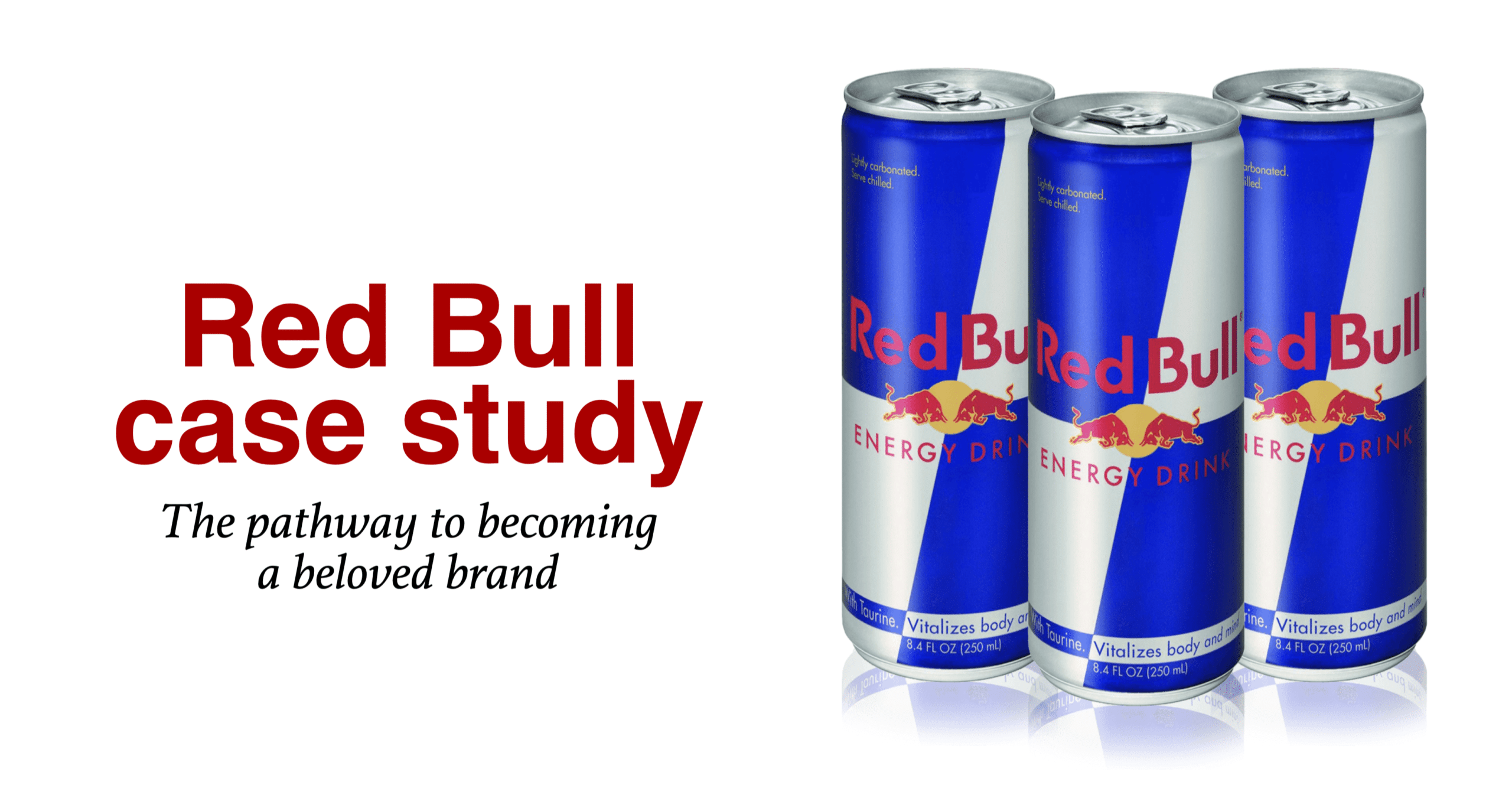
Our Red Bull case study focuses on Red Bull advertising, extreme sports, distribution, productive and innovation. They take chances most of us would be too afraid to do. This courage helps capture the attention of younger audience.


